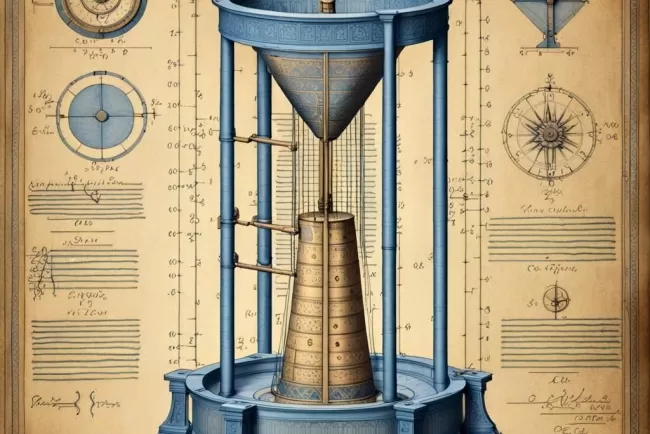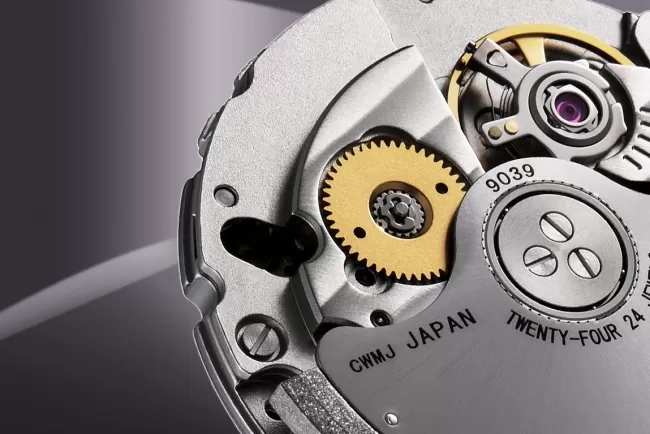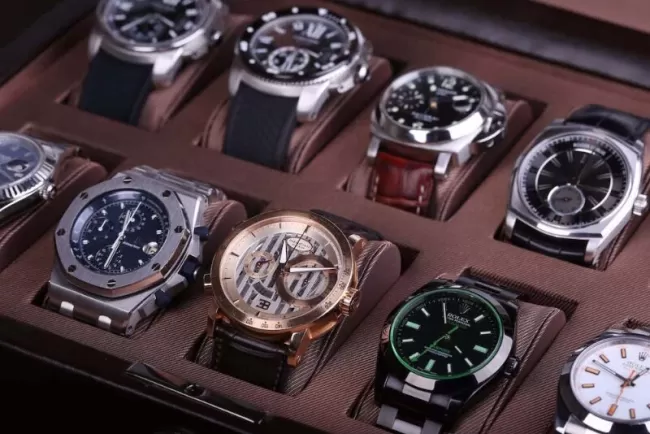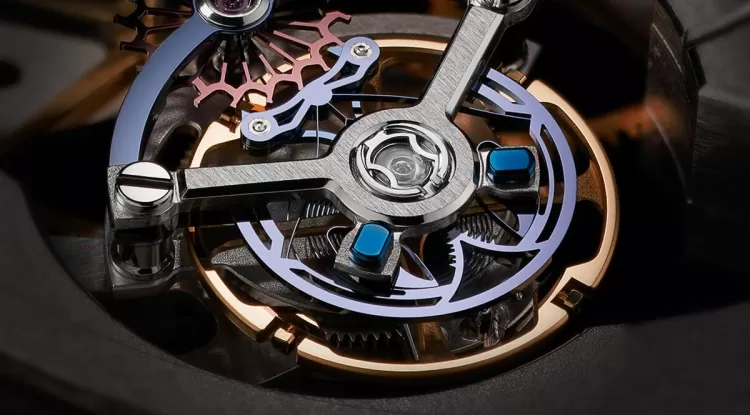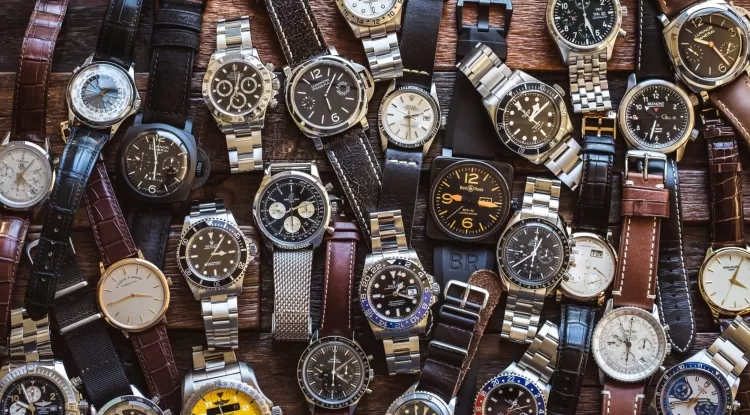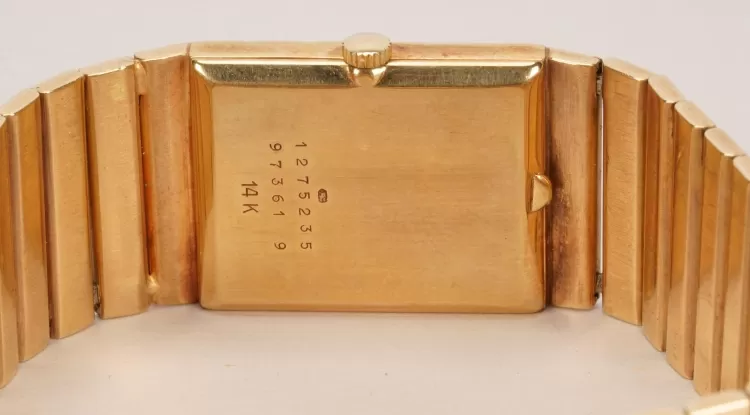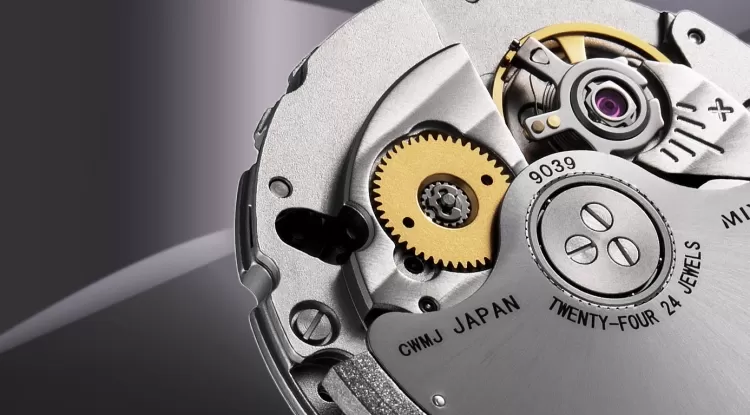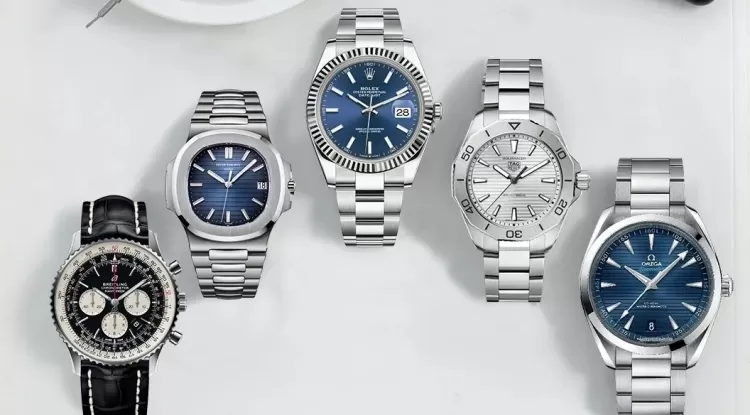What Is a Watch Complication? Popular Types and Their Meaning
Learn what watch complications are, including the most popular types such as chronograph, moonphase, perpetual calendar, and more.
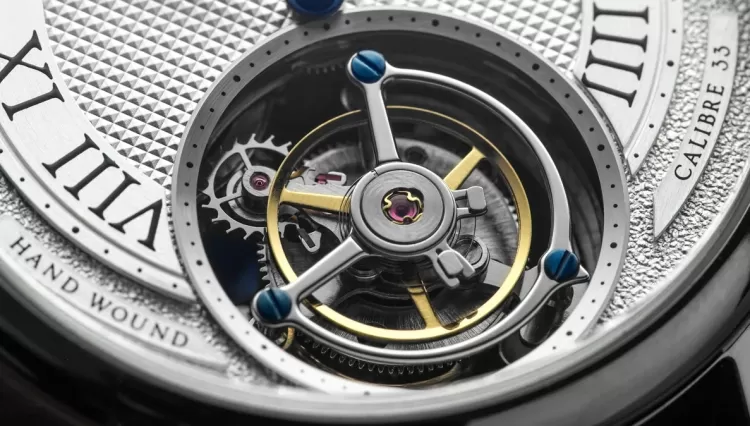
In the world of horology, the term "complication" refers to any function in a mechanical or quartz watch beyond the simple display of hours, minutes, and seconds. These additional features—whether practical or aesthetic—are what transform a watch from a basic timekeeper into a marvel of microengineering and craftsmanship.
Complications range from relatively simple date displays to highly sophisticated mechanisms like perpetual calendars and tourbillons. Understanding watch complications helps collectors appreciate the complexity, value, and functionality embedded in luxury timepieces.
1. Chronograph
Arguably the most recognizable complication, the chronograph is essentially a stopwatch function integrated into a wristwatch. It features sub-dials and pushers to start, stop, and reset the timer independently of the main time display. Whether used in motorsport, aviation, or diving, the chronograph remains one of the most practical and widely-used complications.
Notable models: Omega Speedmaster Professional, Rolex Daytona, and TAG Heuer Carrera.
2. Date Display
A simple yet essential complication, the date display shows the current day of the month. This can range from a small aperture (often at 3 or 6 o'clock) to more complex systems like the big date or retrograde date. Some watches even include day and month indicators.
Brands like Longines and Seiko offer clean implementations, while brands like A. Lange & Söhne elevate this basic function into an art form.
3. Moonphase
The moonphase complication tracks the lunar cycle, displaying the current phase of the moon through a small aperture on the dial. Though it offers no technical utility for most people today, its romantic appeal and visual elegance make it a favorite among collectors.
Brands like Patek Philippe, Jaeger-LeCoultre, and Frederique Constant are renowned for their artistic moonphase displays.
4. GMT / Dual Time
Watches with a GMT (Greenwich Mean Time) or dual-time complication allow the wearer to track two time zones simultaneously. This is particularly useful for travelers, pilots, or anyone managing business across borders. The feature typically uses a fourth hand and a 24-hour scale.
Iconic GMT watches include the Rolex GMT-Master II, Tudor Black Bay GMT, and Grand Seiko GMT.
5. Annual Calendar
An annual calendar complication automatically adjusts the date according to the varying lengths of months—except for February. This means the wearer only has to manually adjust the date once a year. It offers a balanced mix of convenience and mechanical sophistication.
Patek Philippe introduced the first annual calendar wristwatch in 1996, and the complication remains a hallmark of refined watchmaking.
6. Perpetual Calendar
Going a step beyond the annual calendar, the perpetual calendar accounts for leap years and different month lengths with no manual adjustment needed until the year 2100. It’s a feat of mechanical ingenuity that appeals to connoisseurs who value complexity and tradition.
This complication is often found in high-end timepieces by Audemars Piguet, Vacheron Constantin, and Patek Philippe.
7. Tourbillon
The tourbillon is one of the most admired complications, originally invented to counteract the effects of gravity on timekeeping accuracy. Although its practical benefits in modern wristwatches are debatable, it showcases masterful watchmaking and often increases a watch’s value dramatically.
Brands like Breguet, Greubel Forsey, and Richard Mille are known for producing some of the most sophisticated tourbillons in the industry.
What's Your Reaction?








